
The dS378 is an Ethernet connected relay module featuring 8 channels of 16Amp 250Vac relays. Each relay has both normally open (NO) and normally closed (NC) as well as the common available on three terminals. Create Peer to Peer control in just a few clicks with a powerful dScript programming language.
The dS378 is an Ethernet connected relay module featuring 8 channels of 16Amp 250Vac relays. Each relay has both normally open (NO) and normally closed (NC) as well as the common available on three terminals. The dS378 has four built-in control methods. The primary control method is graphically by using its built-in secure website.
Secondary control may be one of: ASCII - type in commands via a program such as PuTTY. Binary - Command set using binary codes Modbus – Functions 1, 4, 5, and 15 supported
Hardware
- Serial ports - 2 x TTL level serial ports, 1 x RS485 port.
- Relays - 8 with up to 16Amp @24vdc or 250vac, screw Terminals for N/O N/C and Common contacts
- I/O - 7 flexible channels, your choice of VFC input, NPN output or 10-bit analogue input.
- Communication - USB for development, RJ45 Ethernet for normal access
- Power - 12V DC jack 2.1mm (adaptor sold separately)
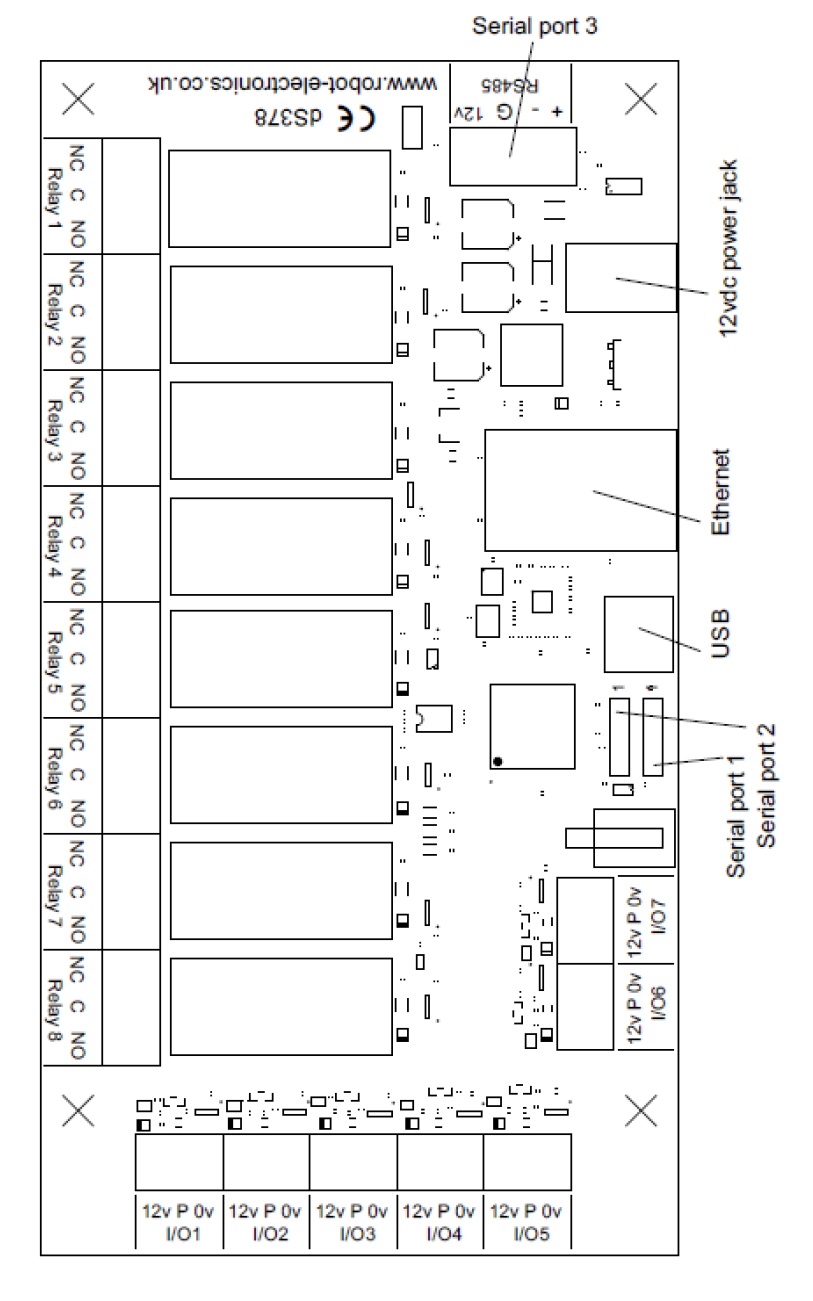
The dS378 provides eight (8) volt free contact relay outputs with a current rating of up to16Amp each, 7 flexible I/O's which can be analogue or digital, 2 serial ports (3.3v level) and an RS485 serial port. The module is powered from a 12vdc supply which can be regulated or unregulated. The relays are SPCO (Single Pole Change Over) types. The normally open, normally closed and common pins are all available on the screw terminals.
LED indication
The dS378 provides a red LED mounted immediately next to each relay to indicate whether it is in a powered state (LED on), there are also two LED's mounted in the Ethernet connector which will flash with Ethernet traffic. A row of three LEDs, Blue, Green and Red, are available for status indication. The Red LED lights when the module is in bootloader mode – this is when the IDE is uploading system firmware to the module. The Green LED lights the board begins running user programs. All three LEDs are available and can be controlled as digitalports 33-35.
The “FlashingLeds” example provides a colourful display showing how to use them. There are also LEDs on the I/O lines. These indicate the I/O status in digital output and VFC input modes only.
Power supply
The dS378 requires a 12v DC supply capable of supplying a minimum of 1A. This is most easily provided by a low cost mains adapter. A suitable universal adapter is available on our website and may be ordered along with the modules. Connection is via the 2.1mm DC jack socket. Positive on the center pin.
Operating temperature
-40C to +70C
Power relays
Eight 16A volt free contact relays are provided for switching a common input between a normally closed output and a normally open output. The relay coil is powered by the 12vdc incoming supply on user command.

Connection examples
Example input - connecting a switch
Connecting a simple switch could not be easier, just wire the switch between a pin (P) and ground (0v). When the switch closes the input will become active.
Make sure you use the 1 option in the digitalport declaration to enable the ports passive pull-up
Example output - connect a relay
You can connect your own 12V relays, the first coil pin of the relay is wired to the 12V supply terminals on the board, the other is wired to the output pin (P). When the output pin becomes active it is driven down to 0V ground, the relay will have 12V across the terminals and switch, so COM is connected to NO (Normally Open).
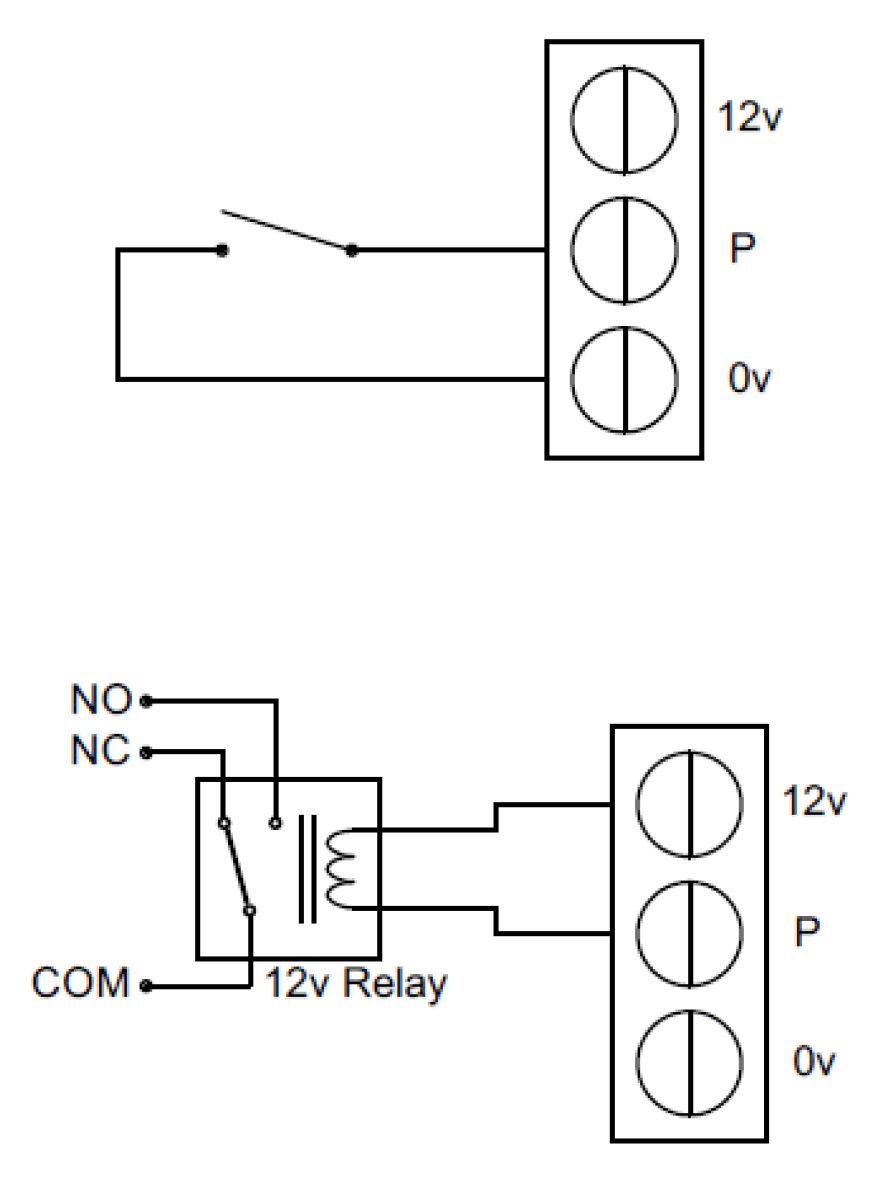
- Simple configuration and setup from your web browser.
- Control it from a web page, or select TCP/IP control with an option of ASCII, Binary, or Modbus protocols.
- Send email notifications on selected events.
- Optional AES encryption for totally secure control using binary TCP/IP mode.
- Add simple relay automation, for automatic relay control.
- Create Peer to Peer control in a few clicks.
- Up to eight 32-bit counters with capture and reset, 20 counts/second on inputs.
- Event schedules for timed events daily or weekly.
- You can completely customize the module using the powerful dScript language or just modify a supplied example.
- Create custom webpages - Add your own logo, buttons, and functionality.
- Add a TCP server to respond to incoming TCP requests with your own functions.
- Include a TCP client and send packets of TCP data to other devices using your own protocol.
- Send commands through your local network or Internet to the board.
- Once on the network, commands can be sent to control the relay from within the network or from outside over the Internet.

1. Remote control of appliances and equipment: The DS2832 Relay Board can be used to control various types of electrical devices and appliances remotely, such as lights, fans, and HVAC systems.
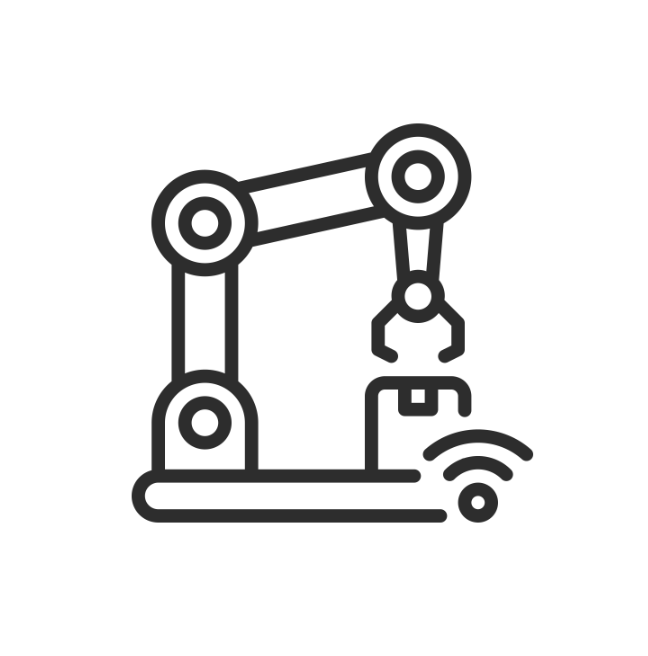
2. Automation of industrial processes: The relay board can be used to automate industrial processes, such as controlling the flow of liquids, gases, and other materials through pipelines; enabling or disabling AC or DC motors for motion control; connecting and disconnecting systems from test equipment.
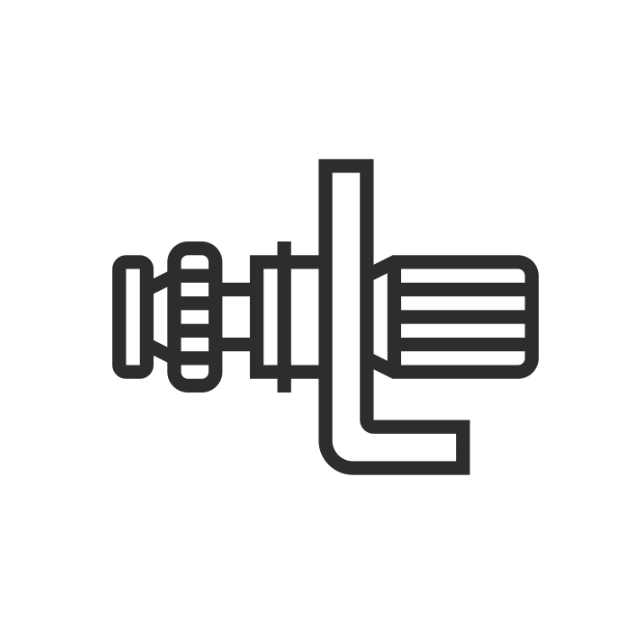
3. Control of motors and pumps: The relay board can be used to control motors and pumps in a wide range of applications, including industrial, agricultural, and marine.

4. Security and surveillance: The relay board can be used to control security cameras, alarms, and other security equipment, allowing for remote monitoring and control.

5. Lighting control: The relay board can be used to control the lighting in a building or other environment, including turning lights on and off, dimming, and controlling the color of LED lights.

6. Home automation: The relay board can be used to control various devices and appliances in a home, such as lights, fans, and HVAC systems, as part of a smart home system.
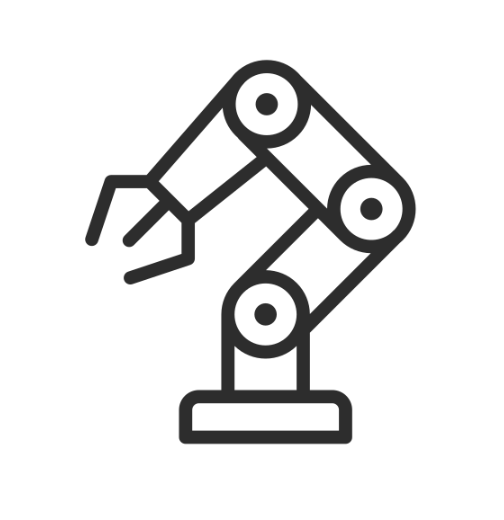
7. Robotics: The relay board can be used to control various components of a robot, such as motors, servos, and sensors.
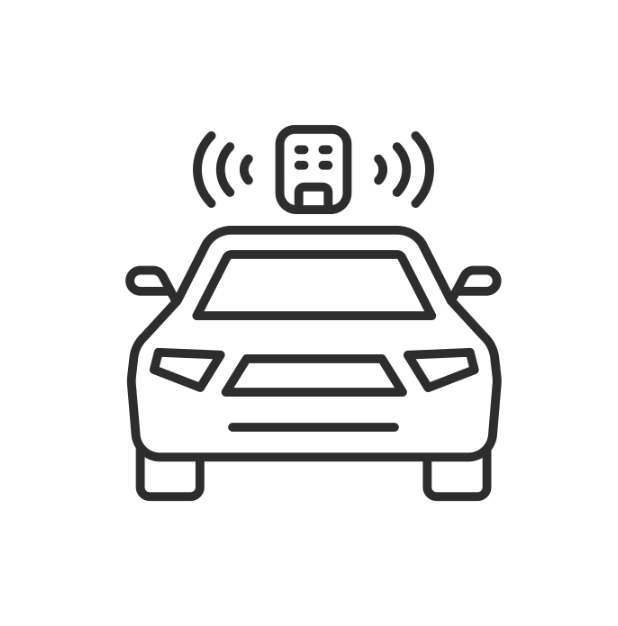
8. Automotive applications: The relay board can be used to control various systems in a vehicle, such as lights, fans, and audio systems.
| Characteristics | ||
| Serial ports | 2 x TTL level serial ports, 1 x RS485 port. | |
| Relays | 8 with up to 16 Amp @24vdc or 250vac | Screw Terminals for N/O N/C, and Common contacts |
| I/O - 7 flexible channels | Your choice of VFC input, NPN output, or 10-bit analog input | |
| Communication | USB for development, RJ45 Ethernet for normal access | |
| Power | 12V DC jack 2.1mm (adaptor sold separately) | |
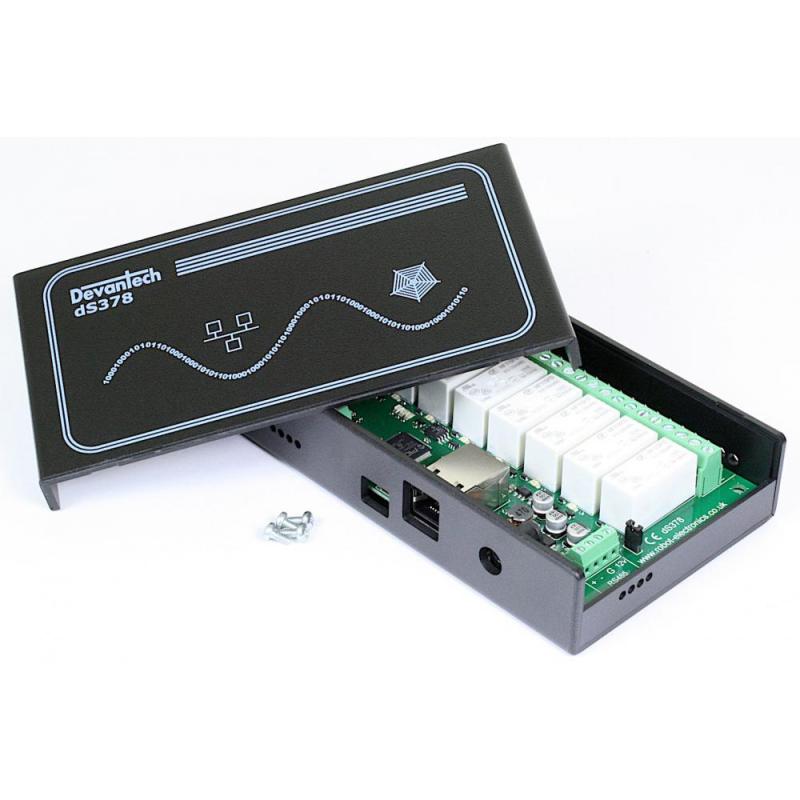

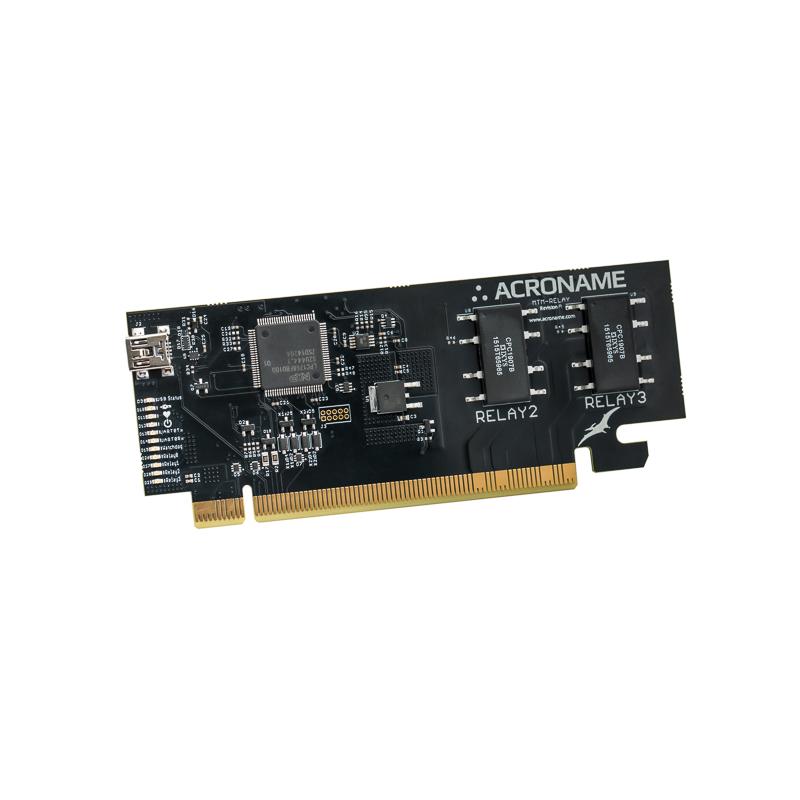
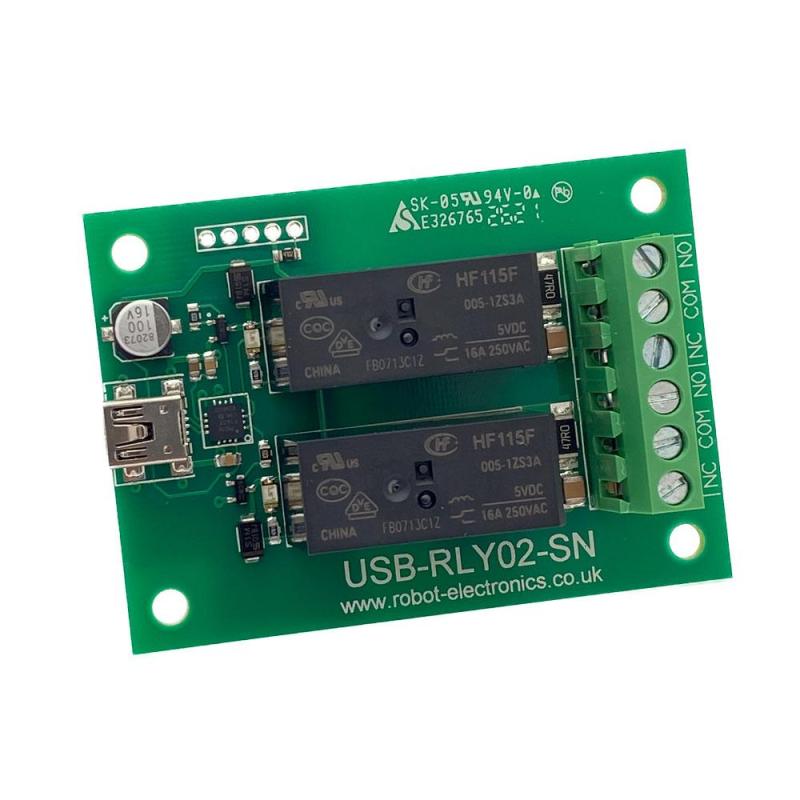
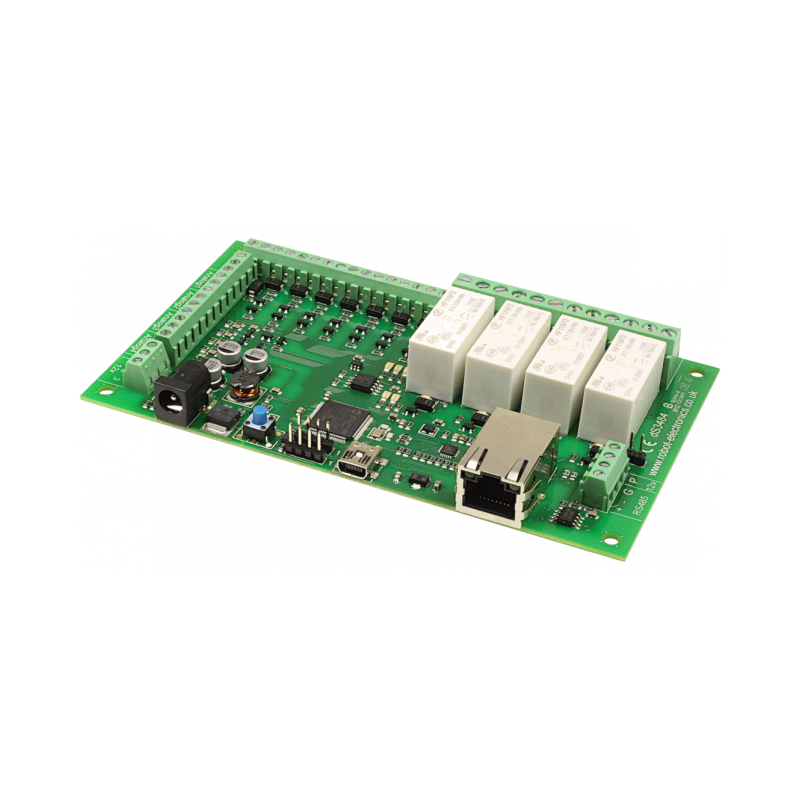
Add New Review